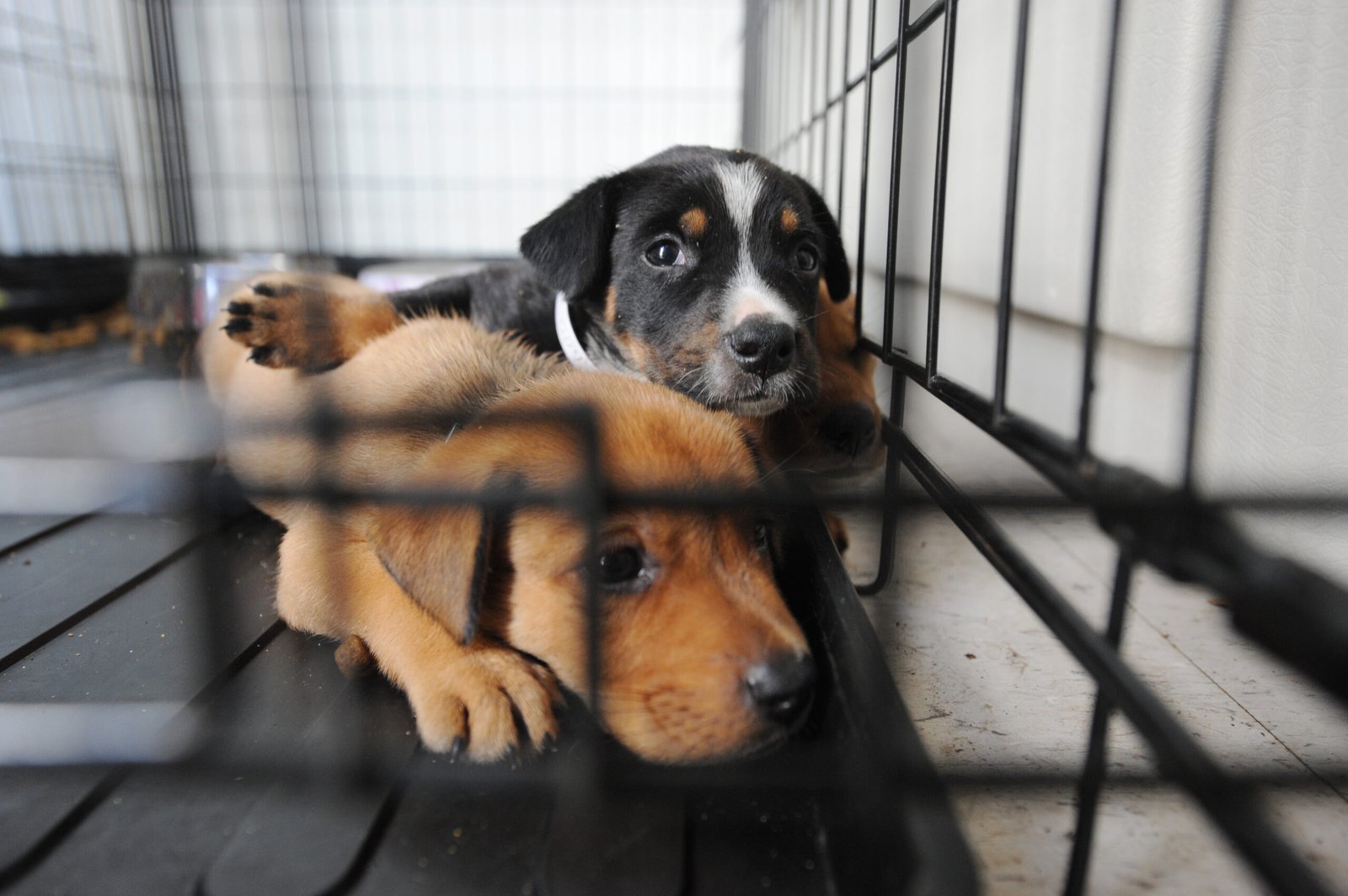Have you ever walked into a shelter, locked eyes with a hopeful dog, and felt both heartbroken and relieved that it was a “no kill” facility? The idea of saving every animal sounds heroic and inspiring—until you peek behind the curtain. What if I told you that even the most well-intentioned no kill shelters face struggles that often break the hearts of those who love dogs the most? The truth isn’t always pretty, but it’s so important for real dog lovers to understand. Let’s pull back the curtain and look at the surprising downsides of no kill shelters.
Overcrowding: When Good Intentions Backfire

No kill shelters promise not to euthanize healthy, adoptable animals, but this can quickly lead to overcrowding. Picture a shelter bursting at the seams, with dogs barking, pacing, and vying for attention. There’s simply not enough space for every animal in need, and as a result, dogs might end up living for months—or even years—in cramped kennels. Overcrowding can create an incredibly stressful environment, making it tough for the animals to relax or feel safe. Staff and volunteers may struggle to keep up with cleaning, feeding, and individual care. It’s a sad irony: in trying to save lives, shelters can actually make those lives less comfortable and happy. For any dog lover, it’s tough to see tails wagging less and anxiety growing more.
Quality of Care Declines

When there are too many dogs and not enough resources, the quality of care inevitably drops. Imagine a shelter worker racing from kennel to kennel, barely having time to scoop food or change water bowls. In an ideal world, every dog would get daily walks, medical checks, and lots of love. But the reality is, with overcrowding, some dogs might go days without individual attention. Medical problems can go unnoticed, and behavioral issues can develop or worsen. Even the most dedicated staff can’t do it all when the numbers are overwhelming. For dogs who crave connection, this lack of attention can be heartbreaking and confusing.
Long-Term Stays Lead to Behavioral Problems
Dogs are social, loving creatures that need stimulation, interaction, and routine. But in a no kill shelter, many dogs end up staying for months or years, waiting for adoption. Over time, the lack of a stable home takes its toll. Some dogs become withdrawn, while others grow anxious or even aggressive. Cage stress, depression, and repetitive behaviors like spinning or barking can develop. It’s like being stuck in a waiting room that never ends. These behavioral problems make it even harder for them to get adopted, creating a sad cycle that’s tough to break. For anyone who’s watched a playful pup turn into a shadow of itself, it’s absolutely gut-wrenching.
Limited Intake: Turning Away Animals in Need
On the surface, no kill shelters seem like the ultimate safe haven. But with limited space, they often have to say “no” to new animals in crisis. When a shelter is full, staff might have to turn away strays, owner surrenders, or dogs rescued from bad situations. This can mean more animals left on the streets, facing hunger, disease, or worse. It’s a catch-22 that leaves rescuers and animal lovers feeling helpless. Knowing that there’s one less place for a dog in need can weigh heavily on the heart, especially for those who just want every tail to have a happy ending.
Emotional Toll on Staff and Volunteers

Staff and volunteers at no kill shelters are often true heroes, pouring their hearts into caring for each animal. But the emotional burden is heavy. Watching dogs languish in kennels, dealing with stress and behavioral issues, and making tough decisions about intake can lead to burnout and compassion fatigue. Many workers feel guilty when they can’t give each dog the life it deserves. The lines between hope and heartbreak blur every day. For dog lovers, it’s painful to see the people who care the most becoming overwhelmed or leaving because they just can’t take it anymore.
Limited Resources: Financial Strain and Difficult Choices
Running a no kill shelter isn’t just emotionally tough—it’s financially draining. Food, medical care, vaccines, bedding, toys, and staff salaries all add up quickly. Donations and grants can only stretch so far, especially when the population keeps growing. This financial strain forces shelters to make difficult choices: do they buy medicine for a sick dog or fix a broken kennel? Sometimes, they have to rely on volunteers instead of paid staff, or cut back on enrichment activities. For those who want every dog to have the best, these compromises can feel like a punch in the gut.
Potential for Hoarding Situations
No kill policies, if not carefully managed, can sometimes slip dangerously close to hoarding. When shelters refuse to euthanize even the most unadoptable or sick animals, they risk becoming overwhelmed. Some facilities end up with far more animals than they can care for, leading to unsanitary conditions and neglect. The line between rescuing and hoarding is thin, and crossing it can cause suffering for the very animals shelters set out to save. It’s a shocking twist for any dog lover to imagine—a supposed sanctuary turning into a place of misery.
Difficulty Adopting Out “Unadoptable” Dogs

No kill shelters are committed to saving all lives, including those of dogs with serious medical or behavioral issues. While this is admirable, it means many dogs become “long-term residents” because they’re simply too challenging for the average adopter. Some have bite histories, chronic illnesses, or extreme fearfulness, making them tough to place in homes. These dogs deserve love and care, but the reality is, not every family is equipped to handle them. This can leave shelters in a heartbreaking bind, with limited space and resources tied up indefinitely by dogs who may never leave.

Born and bred in South Africa, a Capetonian at heart. Amy-Leigh’s love for nature and animals was inherited from her Dad. He loves taking the family on road trips to experience nature at its finest; Amy-Leigh’s favourite being whale watching in Hermanus and spotting Kudu along the West Coast. Amy-Leigh holds a BA in English Literature and Communication Studies.





